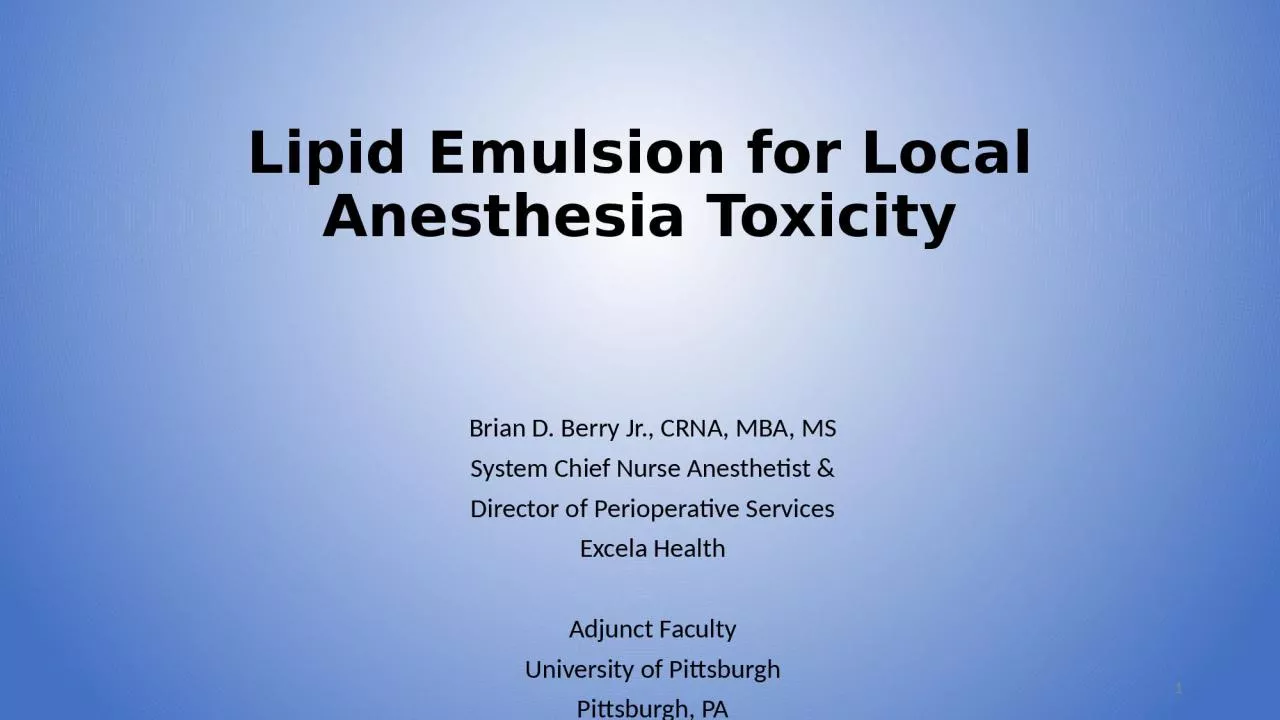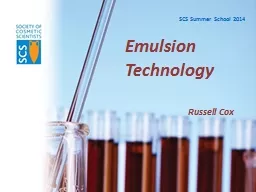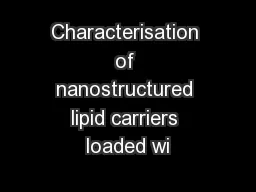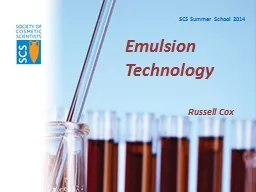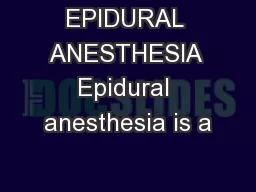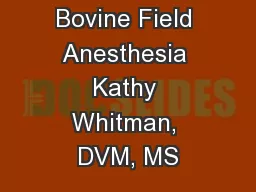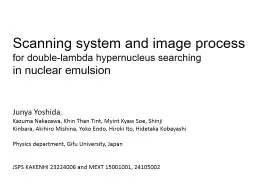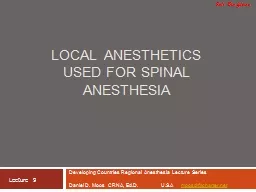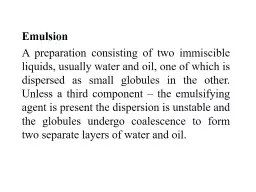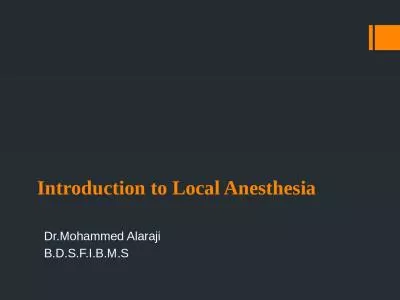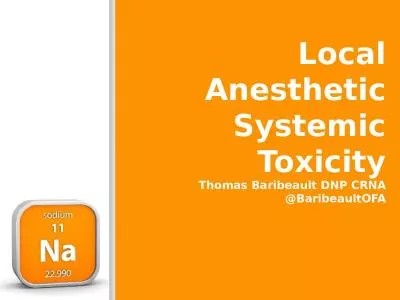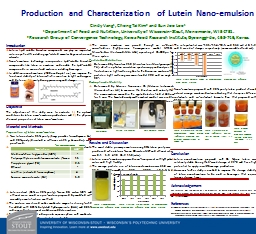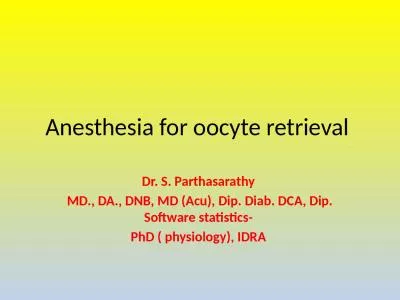PPT-Lipid Emulsion for Local Anesthesia Toxicity
Author : margaret | Published Date : 2024-01-03
Brian D Berry Jr CRNA MBA MS System Chief Nurse Anesthetist amp Director of Perioperative Services Excela Health Adjunct Faculty University of Pittsburgh Pittsburgh
Presentation Embed Code
Download Presentation
Download Presentation The PPT/PDF document "Lipid Emulsion for Local Anesthesia Toxi..." is the property of its rightful owner. Permission is granted to download and print the materials on this website for personal, non-commercial use only, and to display it on your personal computer provided you do not modify the materials and that you retain all copyright notices contained in the materials. By downloading content from our website, you accept the terms of this agreement.
Lipid Emulsion for Local Anesthesia Toxicity: Transcript
Download Rules Of Document
"Lipid Emulsion for Local Anesthesia Toxicity"The content belongs to its owner. You may download and print it for personal use, without modification, and keep all copyright notices. By downloading, you agree to these terms.
Related Documents

